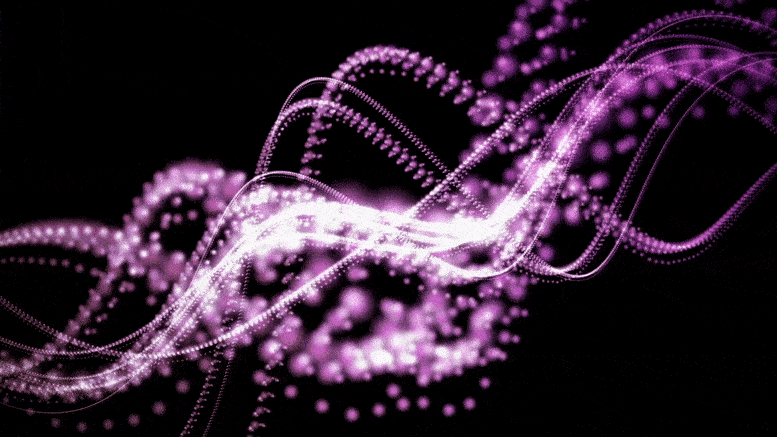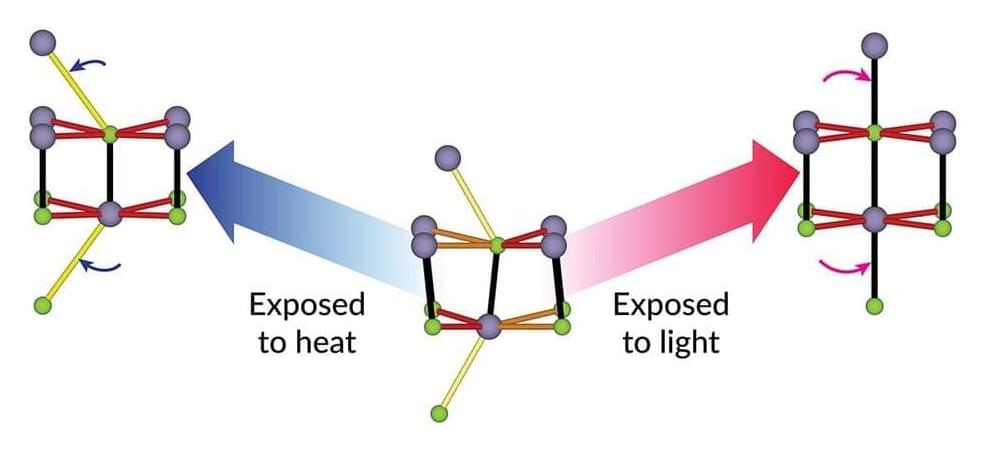Imagine dropping a tennis ball onto a bedroom mattress. The tennis ball will bend the mattress a bit, but not permanently—pick the ball back up, and the mattress returns to its original position and strength. Scientists call this an elastic state.
On the other hand, if you drop something heavy—like a refrigerator—the force pushes the mattress into what scientists call a plastic state. The plastic state, in this sense, is not the same as the plastic milk jug in your refrigerator, but rather a permanent rearrangement of the atomic structure of a material. When you remove the refrigerator, the mattress will be compressed and, well, uncomfortable, to say the least.
But a material’s elastic-plastic shift concerns more than mattress comfort. Understanding what happens to a material at the atomic level when it transitions from elastic to plastic under high pressures could allow scientists to design stronger materials for spacecraft and nuclear fusion experiments.








